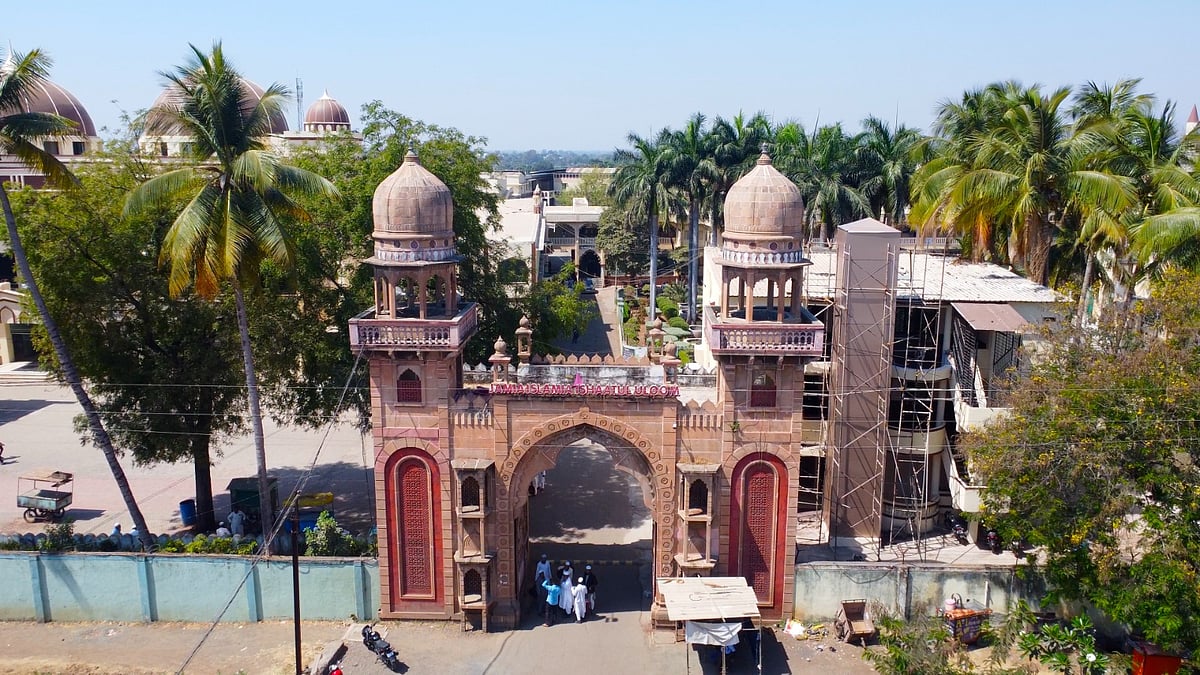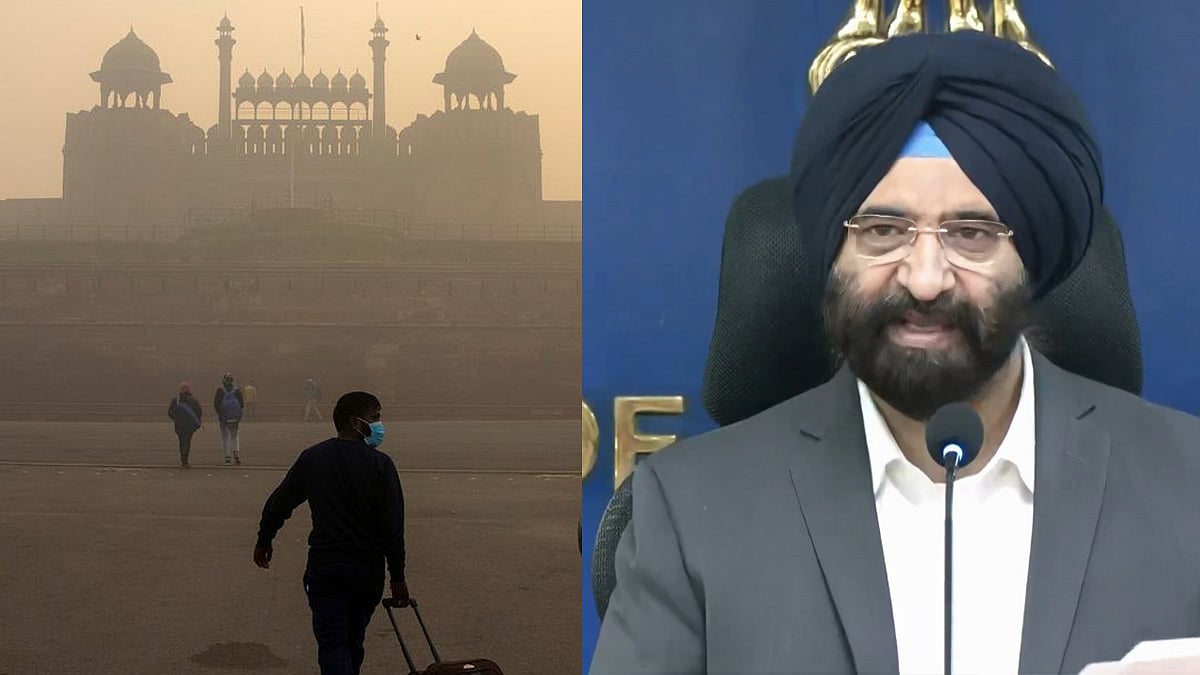No health-related discussion can end in India without Ayushman Bharat. This was the focus of the second panel titled ‘Ayushman Bharat – a panacea for all ills’ at the The Free Press Journal’s (FPJ) conference on ‘Health Insurance: Right diagnosis? Right prescription?’ . The panelists for the discussion were (in alphabetic order) Dr Hiren Ambegaokar, CEO, S L Raheja Hospital; Madan Sabnavis, Chief Economist, CARE Ratings; and Dr Rohit Sane, MD and CEO, Madhavbaug. The discussion was moderated by R N Bhaskar and S Narayanan. Below are edited excerpts.

In metros, we do have adequate healthcare facilities available where Ayushman Bharat may not be required.
— Hiren Ambegaokar, CEO, S L Raheja Hospital
Hiren Ambegaokar: Ayushman Bharat by design is beautiful since it gives a lot of uninsured people access to quality healthcare. But we need to understand whether it actually percolates down to the needy. As per design, the 10.74 crore patients targeted by the 2011 census segment are to be enrolled.
The February data shows that around 10.8 lakh patients were admitted under the scheme all across the country and around 6.62 lakh claims were passed with an average claim ratio of around Rs 12,200 per patient, and the highest claim is for a bypass surgery, around Rs 90,000.
Given that a family of five has a cover of Rs 5 lakh, a family would need to be singularly unlucky to ever reach that magical figure – probably someone with heart problem, someone who has had a bad accident, someone with a neurosurgical problem, all together.
Secondly, if the claim average is Rs 12,200 per person, is the government paying the right kind of insurance? Today for a Rs 5 lakh insurance, the government outlay is Rs 200 per patient and the normal premium amount would be Rs 10,000.
Can corporate hospitals then be a part of Ayushman Bharat? It looks difficult as their costs cannot be covered. Yes, this cost structure would work in smaller towns and in rural India. In metro cities, we do have adequate healthcare facilities available where Ayushman Bharat may not be required and basically Ayushman Bharat is not even meant for metropolitan cities.

Healthcare has two aspects – enhancement of quantity of life and quality of life.
— Rohit Sane, MD and CEO, Madhavbaug
Rohit Sane: Madhavbaug has a chain of 194 cardiac Ayurvedic clinics and two hospitals, and a reach across six-seven states. We believe that the Ayushman Bharat scheme was designed mainly for rural India. When you look at the very stringent qualification criteria, with lots of exclusions, then it is clear that people who would be in would be largely from rural India. Against that, corporate hospitals which are asked to participate in the programme, are largely located across urban India.
What is actually needed is inclusion of small clinics, the mom and pop shops which will really impact the target population.
Healthcare has two aspects – enhancement of quantity of life and quality of life. There is much emphasis on reducing the mortality rate, which is necessary.
Within the Ayushman Bharat scheme, right now there is little scope for Ayurveda, there is little to do with Ayush, whereas Ayurveda can contribute towards quality of life, more so for chronic ailments. The government needs to give more clarity on where and how wellness clinics, for instance, can take care of a number of non-communicable diseases.

Ideally, there should be coverage for senior citizens, under Ayushman Bharat, because they need it.
— Madan Sabnavis, Chief Economist, CARE Ratings
Madan Sabnavis: Some numbers – we know that the allocation for Ayushman Bharat has gone up from Rs 2,400 crore to Rs 6,400 crore. So I myself went to GIC to check the premium for a family floater of husband, wife and two kids, which came to Rs 11,500 without service tax. Now you talk of 10 crore families, the premium comes to Rs 1.2 lakh crore.
The country has say 30 crore families, so then you have a premium of Rs 3.5 lakh crore. Now where is the symmetry between that and Rs 6,400 crore. As an economist, I tend to be cynical. In this arrangement, how can everyone be happy.
If the government is spending so little, then hospitals will suffer. Obviously the entire population is not going to be covered. Even those covered do not pay and get a Rs 5 lakh cover, then someone is definitely impacted – the government, the hospital or the insurer. For coverage again, the criteria are stringent and it is clear that rural India is their target. Poor awareness level among this target population is an issue.
The next aspect beyond announcement is implementation, which in India is generally an issue. If claims are low, then obviously the wrong population is being targeted for coverage. Ideally, there should be greater coverage of senior citizens, independent of location, because they need it. Right now, it is difficult for senior citizens to get health insurance in general and the coverage they get is insufficient. So at some point of time, this tweaking should happen.
Again coming to the money, when awareness goes up and usage improves, the government budgets will overshoot. Insurance companies can also go broke if they have to keep charging Rs 2,000 against Rs 11,000 and the scale goes up. On the positive side, the existing set up is good and has to be fine tuned and made more effective, particularly for senior citizens.
Ambegaokar: One aspect is that this scheme is a brilliant move to induce migration of medical practitioners to rural areas, which hitherto was not attractive because of less earning opportunities despite maximum population in rural India. Now healthcare institutes can come up – many philanthropists are willing to invest one time in creation of such facilities. Then you have a doctor coming in from urban or semi-urban area, on a fixed salary for a two-three years contract.
There are multiple requirements – deliveries, caesarians, fractures, illnesses – and the government pays for the healthcare. Ayushman Bharat covers everything but has price limitations, so when a hospital does not have a capex cost and has doctors working on fixed salary, then it can manage to service the population. This is going to increase the rural penetration of medical healthcare.
R N Bhaskar: The pool of doctors is a major issue in this. Newspaper reports say that against the sanctioned strength of government medical colleges of 10,000 seats, they took in only 920 seats.
The problem is that they are induced by the private sector not to open more seats. The number of post-graduate seats decline in Bombay government hospitals as well.
Ambegaokar: That is an issue, we have only four medical colleges in Mumbai. If more people come in, they would not be properly trained. And those students in private colleges who pay a crore and more over years for their course would not want to go to rural areas as practising doctors.
This is mainly because they would have spent huge amount for their studies and they would want to work in a space where they can make some recovery on the investment made.
Sane: The plan to shift the doctors from urban to rural areas obviously is not going to solve the question of pool of the doctors, but technology can help here.
Right now, there are a pool of Ayush doctors in rural areas who can get connected with Allopathic doctors through telemedicine and help the rural patient access treatment. All the doctors who have obtained their qualification and licence from some government agency can come together through technology.
Sabnavis: On the topic of pool of doctors, let us understand that new medical colleges (whichever type) largely produce degree holders, not trained doctors because of lack of adequate training facilities. Plus the amount of money spent in becoming a doctor is to be recovered through practice, so then again working in rural areas is not an option.
Extending the same to the healthcare chain, we would probably reach a situation where you’ll have to settle for a second layer or a third level quality of service in order to access the Ayushman benefit.
Also right now, not all parties are meeting their costs – neither the insurance companies through their premium collections versus claims, or the hospitals through money received against costs – of Ayushman Bharat cases.
Ambegaokar: Regarding corporate hospitals coming into the scheme ambit, as long as there is an insurer paying we know money will come in some promised time frame, but with government agencies time-bound payments are merely a dream. Cash flow estimates would go for a toss.









